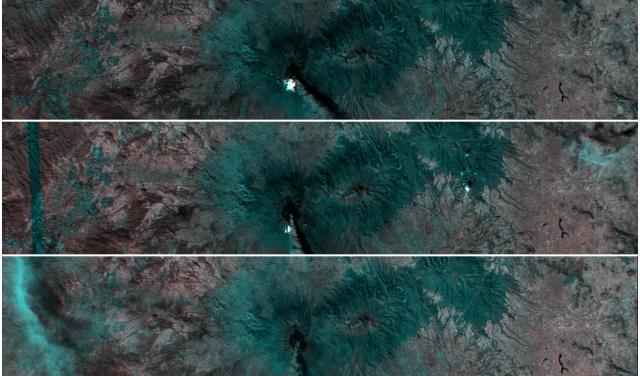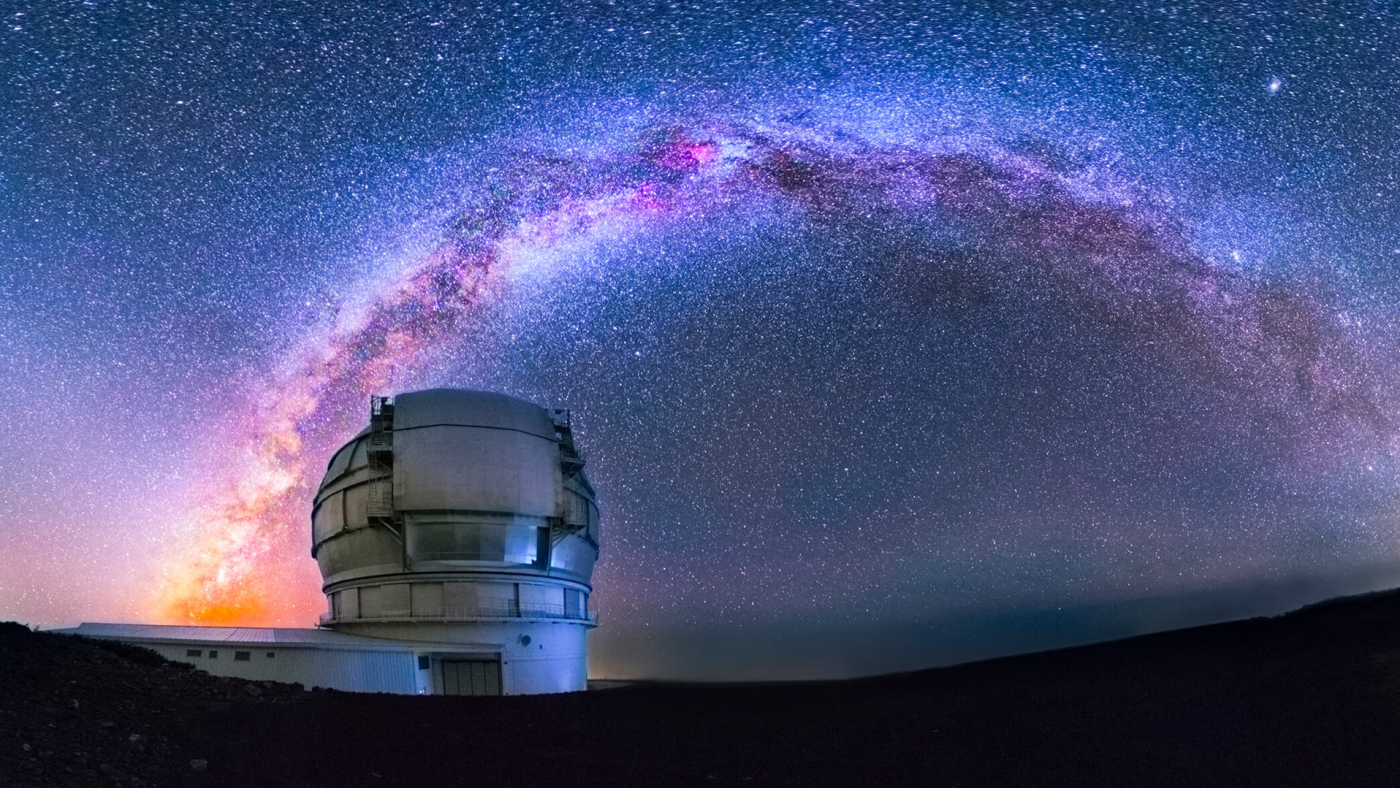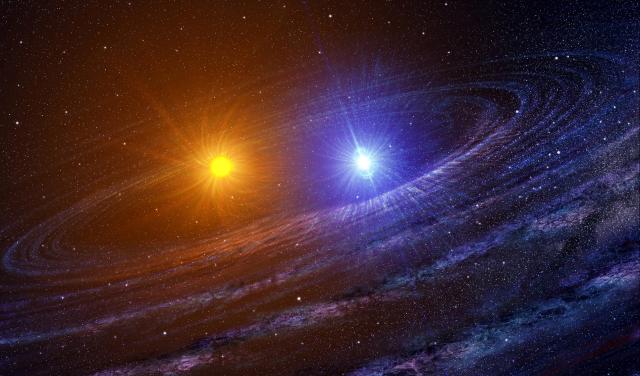
The ALISIO-1 satellite shows its efficiency in following the eruptions of the Mexican volcano Popocatépetl
- Edwin Hubble –





Se convoca proceso selectivo con la finalidad de confeccionar una relación de personas candidatas para la cobertura de contratos de duración determinada para sustituir a una persona trabajadora con
The IAC (Tenerife) announces ONE postdoctoral contract to work on the project linked to the line of research “Exoplanets and Astrobiology: preparatory science for the ARIEL mission”. The contract is